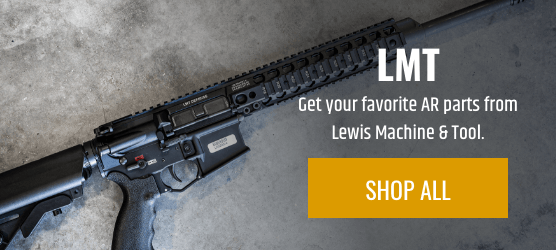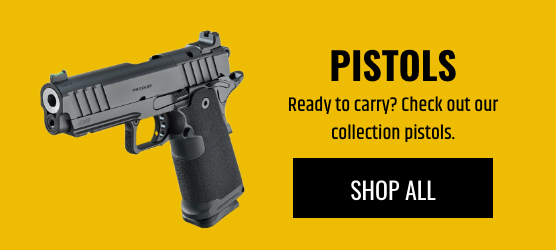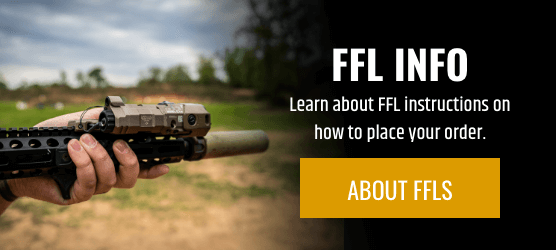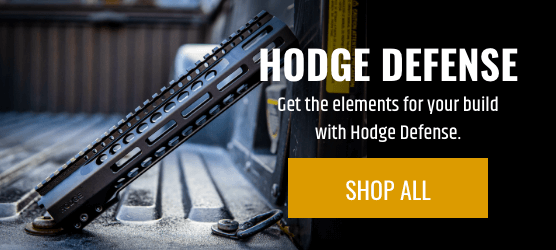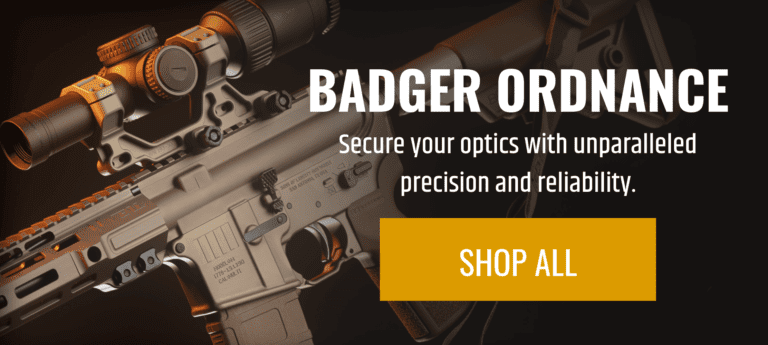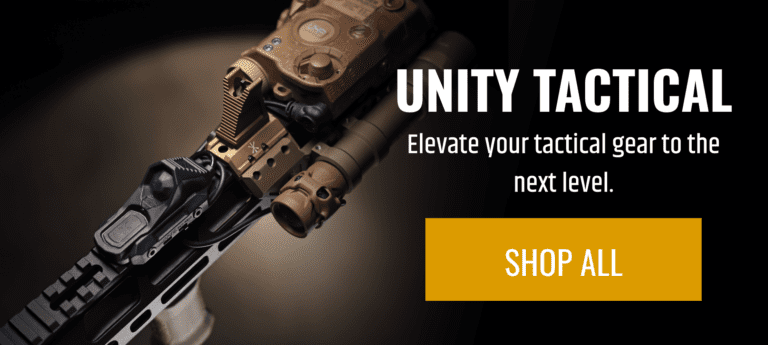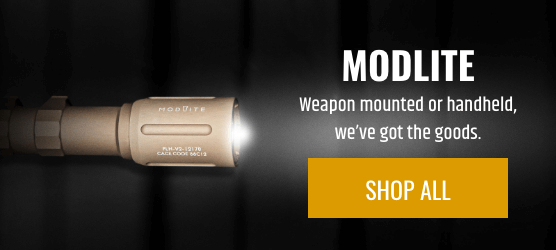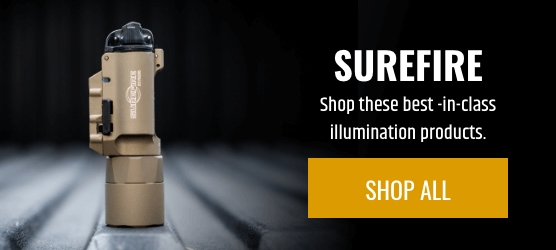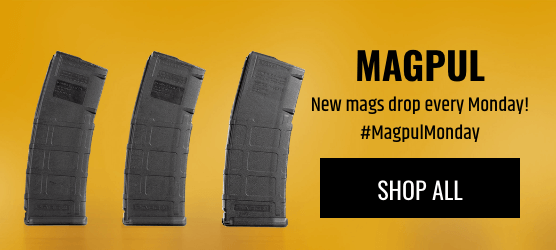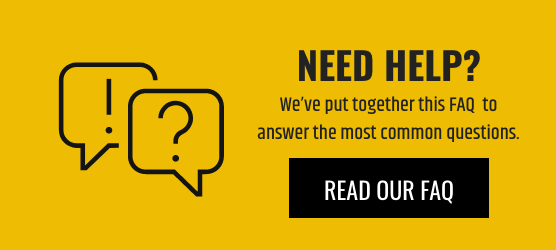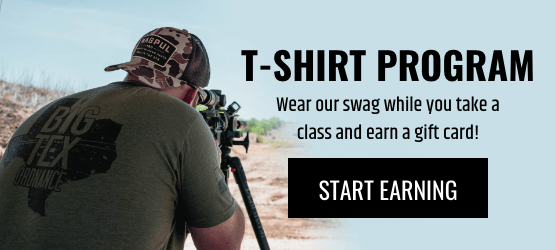

Sage Dynamics Citizen Response to Active Shooter (CRAS)
June 28-30, 2019 Paul Miller
AAR for Sage Dynamics Citizen Response to Active Shooter
Place and date:
Midwest Threat Assessment Center / MTAC
Muncie, Indiana
Weather:
Low to mid 90’s outside but this class was held indoors. Classroom was air conditioned but a large part of the class was spent in a shoot house built within a warehouse type building, so was not climate controlled. With PPE gear it was hot at times.
Gear used:
UTM guns, PPE gear and ammo were provided and included in the class cost with the exception of groin protection, gloves and heavy clothing. But I did bring my own G17T with UTM conversion with an RMR RM07 mounted and frame cut, stippled and equipped to closely resemble my EDC G19. I used my EDC holsters and mag carriers – specifically a CNC Keroman v.2 for Glock and Surefire x300U aiwb holster, Kytex Shooting Gear OWB mag carriers, and a RCS flashlight carrier holding a Surefire handheld. I also carried my real world EDC medical consisting of dual ankle kits that combine to have a full IFAK and a CAT TQ in the pocket. All real world stabby and shooty equipment was prohibited from entering the training area.
My background:
I’m just a citizen gun carrier. No military or law enforcement background. I only bought my first gun about 7 years ago after I was well into my adult life, even approaching middle aged one could say. I have not been hunting since I was 6 nor was I around guns my whole life, my uncle wasn’t a cop and I don’t have a lifetime NRA membership, so obviously I didn’t have all those “advantages”. I’m just a regular guy who works a tech job by day. I initially got into guns solely because they were fun to shoot at the range without much thought to using one for self-defense. But I am someone who took the step of owning and then soon after, carrying a firearm as something to be taken very seriously. I carried for a while with very little to no training like many do, but I got into my first post CCW licensing class within a few months. It took a few more years to really ramp up into the “training junkie” I guess you could classify me as today. I have north of 500 hours of time in instructor led training to date in different disciplines surrounding guns and self-defense. This class was my 6th force-on-force centric class. But I still remember how the very first FoF class, my 3rd class into this journey, really got me serious about training because it showed me how woefully under prepared I was with only my square range experience.
What I hoped to get from this class and why I took it:
I’ve learned through progressive training that the thinking, problem-solving, and stress management skills are so much more important to the outcome of a fight than our mere ability to run a gun and punch paper. But they are also so much harder to master too. They are probably the most overlooked areas for most people including both professionals and average joes alike. In my experience, force on force and scenario based training is where the real training to win fights begins. Everything else up to that point seems to just be preparation before the real training can start.
Previous classes exposed many of my weaknesses under stress. Under SNS activation I had an inability to clearly communicate, inability to place rounds where needed, inability to think clearly and process information, and overall failed to perform up to my own expectations. I know from these failures that it is vital for me to continually improve. The only way I know of to do that is to prioritize this type of training to get my body and mind used to functioning within the chaos.
I took this class because I’m currently prioritizing FoF and scenario based training and this one fit the bill. I also took this class because I’ve wanted to train with Aaron Cowan for a while now. His information on MRDS handgun sights along with his whitepaper on the subject played a large role in getting me to adopt the technology last year. Specifically, his data in the whitepaper regarding hit percentages using a dot vs iron sights during FoF. Finding and focusing on an iron sight picture was something I had struggled with in FoF before so saw that as a huge benefit to a dot. Finally, I took this class because while I don’t expect to be a victim of an active shooter, I also think that few who were had ever thought it would happen to them either. Lots of craziness out there in the world today and while being in this position will probably never happen to me, “The first time you do something, it shouldn’t be for all the marbles”(quote credit to Will Petty).
Day1:
According to the class information that was distributed via email upon registration, this was going to be primarily a classroom day. Class kicked off promptly at 9am and we dove in without introductions that I’d grown accustomed to in nearly every other class. I had never met Aaron before but had listened to him in videos for many hours before so this was not that big of a deal as I already had an idea about who he was. But that was a little different.
Class lecture material was delivered exactly as anticipated. Aaron is a highly analytical and data driven person and material was presented in an well-organized manner via PowerPoint with lots of facts and data points. Questions were welcomed and addressed throughout the whole class. Aaron seemed in tune with human attention span limits and enough breaks were given to help everyone stay engaged throughout lecture.
From the onset, Aaron made it clear that this class isn’t to teach average joes that they are supposed to engage active shooters. Rather its purpose is to give us knowledge and tools to help us if we choose to go that route.
Aaron defined active shooters and addressed the rise of modern active shooters as well as citing those stopped by everyday citizens. Bullet points and statistics were covered as Aaron went down a list of case after case of these infamous occurrences. He continued on to discuss topics such as our preparation, physiological reactions under stress, shot placement and human anatomy, pre-assault indicators, and the Dunning Kruger effect. Then we dove into more specific information regarding best practices of shooter confrontation, defining goals, and how to best manage post shooting events to avoid being mistaken for the shooter.
Lecture took us until mid-afternoon. At that point we spent the final couple hours of day 1 in the shoot house covering basic room clearing techniques as either an introduction or refresher depending on previous training levels as there were no prerequisites for this class. Also, Aaron wanted everyone to familiarize themselves with the floorplan stating that we will almost always have some pre-knowledge of a building we’re in if caught in an active shooter situation.
Day2 and Day3; Force-on-Force
The last 2 days were spent in the shoot house. MTAC is a pretty cool NLTA only house. I had been there before for a couple other classes so maybe am biased, but even Aaron mentioned it’s floorplan is unique in a good way to help create interesting CQB situations.
FoF runs were conducted with all students taking turns as the student while cycling into roles as either the shooter(s), innocent bystanders, or bodies the rest of the time. The class consisted of 9 students and scenarios were generally setup and run twice for 2 students at a time waiting outside to go “in role”. Aaron said the class was setup to be run with up to 12-14 students and in that case 3 at a time would’ve be outside waiting for each scenario.
It was obvious Aaron has previously spent lots of time creating scenarios with the volume of them he had to come up with. Some he credited to being taken from actual active shooter situations but you could almost see him going through his mental Rolodex during the resets. He setup the scenarios and coached all the role-players so everyone was clear, as well as setting the scene and providing context for the students before they started their scenarios.
I don’t really want to go into too many specifics of the actual scenarios as to not cheat any potential students their opportunity to think through specific problems. But I will say that these were really well run and designed. In my experience with some having been better than others, Force-on-force is most useful if the scenarios are good. Without solid scenarios, context and role-players it can digress into little more than paintball games. The learning points taken from good scenarios aren’t really so much about the shooting, but rather about all the other work that needs to be done surrounding the shooting event in order to be successful.
Scenarios in this class were allowed to continue until all significant learning points had been addressed by the student. There were debriefings after every scenario where the student had to recall and speak to their actions, as well as get insights from other role players and feedback from Aaron at this time. There was no coaching while the scenarios were in progress.
Wrap up:
If there is one complaint about this class that I heard about in advance through “the grapevine”, it was that the number of runs are pretty limited. Students in our class got 5 runs each as the student over 2 days and Aaron indicated that he guarantees 4. It doesn’t sound like much. But let me say that I was not at all disappointed in the quantity or quality of the runs. The lower run count seemed to come down to the logistics of having to rotate so many people into different roles and setting up many scenarios. Both instructor and students were all working hard the whole time and the run count was not a matter of slacking off. I suppose that with dedicated role players instead, the run count could go up considerably but the cost would have to as well. Plus, one important and probably overlooked component of learning from “the grapevine” that I found to be excellent was during the opportunities to be a role-player. I learned as much about the topic of active shooter engagement and importance of stress management while laying “dead” on the ground and watching other students work as I did as the student. I was honestly very satisfied with the amount of material covered in this class and the amount of hands-on time offered.
My opinion on the importance of force-on-force scenario training was already stated in the about me section. I think it’s vital to seek out this type of training as a citizen gun carrier or as a professional who has a job that might require threat engagement. There are variations on FoF training and it can be used to address different topics and teaching points. This class sticks to its intended goal of providing insight and knowledge to stop an active shooter threat that has already earned the lethal force prize. It does not deviate off into other areas that while also valuable, are not the purpose of this class. This class is about stopping someone out to kill you or others, and how to survive beyond just the gunfight itself.
Threat engagement under stress while being held to some standards in accuracy, ability to clearly verbalize information to bystanders and responding law enforcement, and people and scene management are some of the topics covered and areas where I saw personal improvement by taking this class. The end goal is to keep doing work until eventually you get to the point where there is no more work to do.
Final thoughts:
I work for a local government entity in a non-law enforcement position. I find it interesting that employees are offered a class with the exact name. Citizen Response to Active Shooter. But that 3-hour cursory view and public consumption type class is not this one. Run, Hide, Fight is the motto of the day in most active shooter classes where citizens are encouraged to get away or barricade themselves in their office and hope they don’t get killed. Aaron’s version touches on the Run, Hide, Fight mantra and even says it’s great in some situations for those who may have no training, tools or skills to do anything but run and hide. But make no mistake about it, Aaron’s class is about the Fight. This version goes heavily into what we really need to know if we are armed and trained citizens freely making a choice to take more active roles in stopping an active shooter in our environment.





